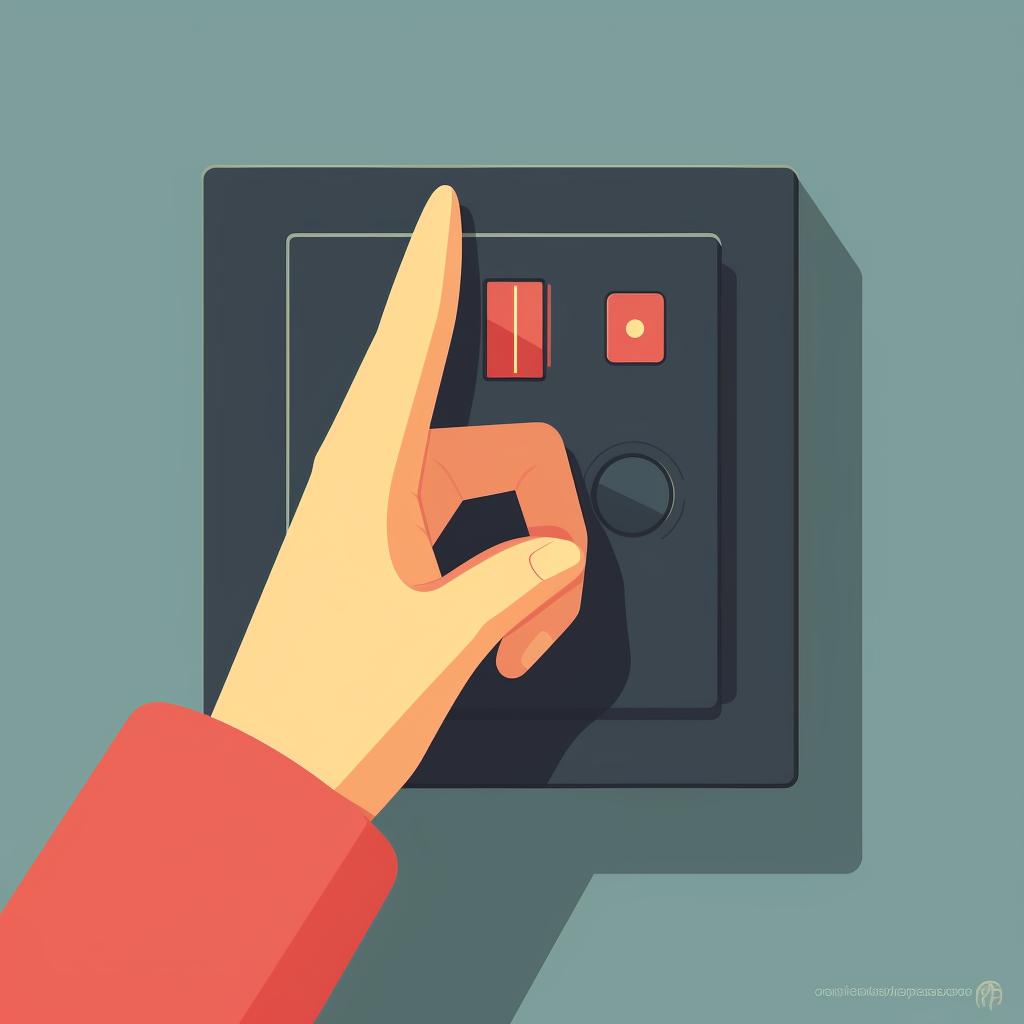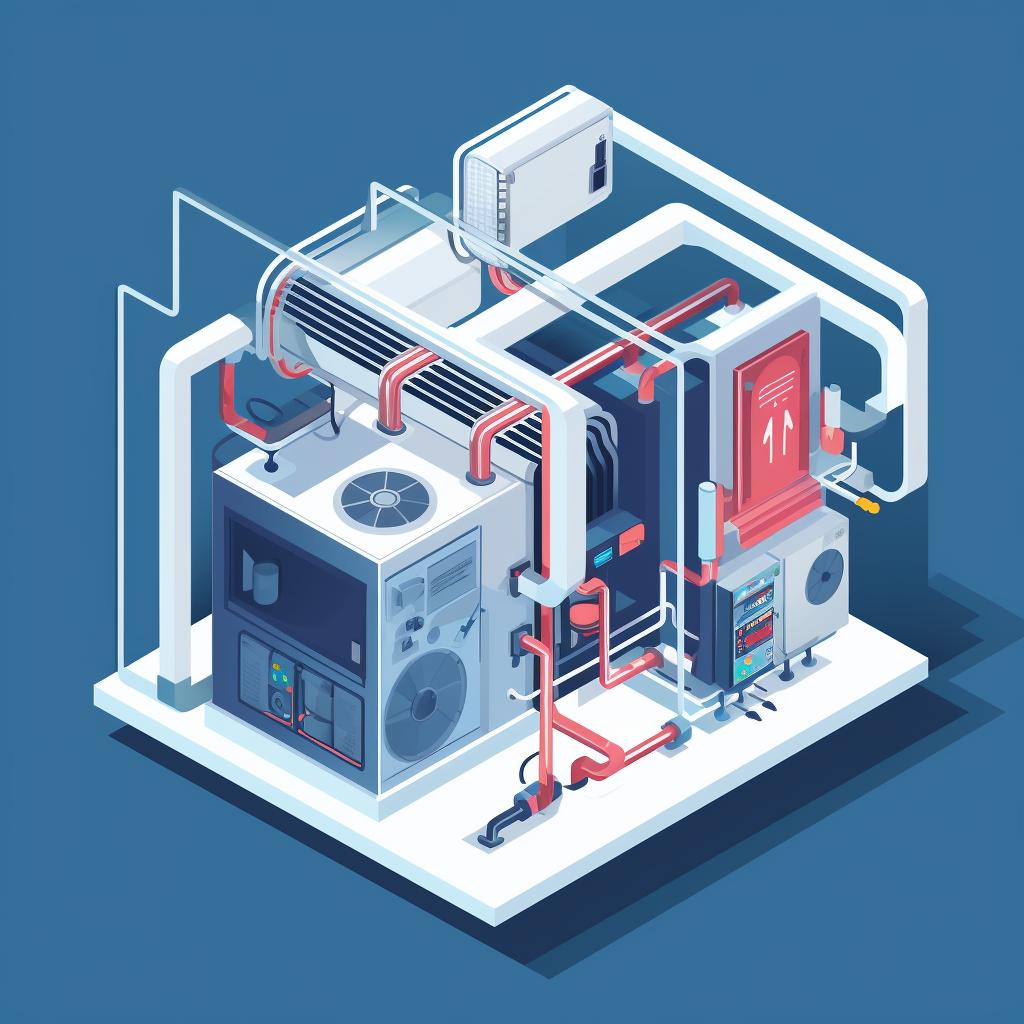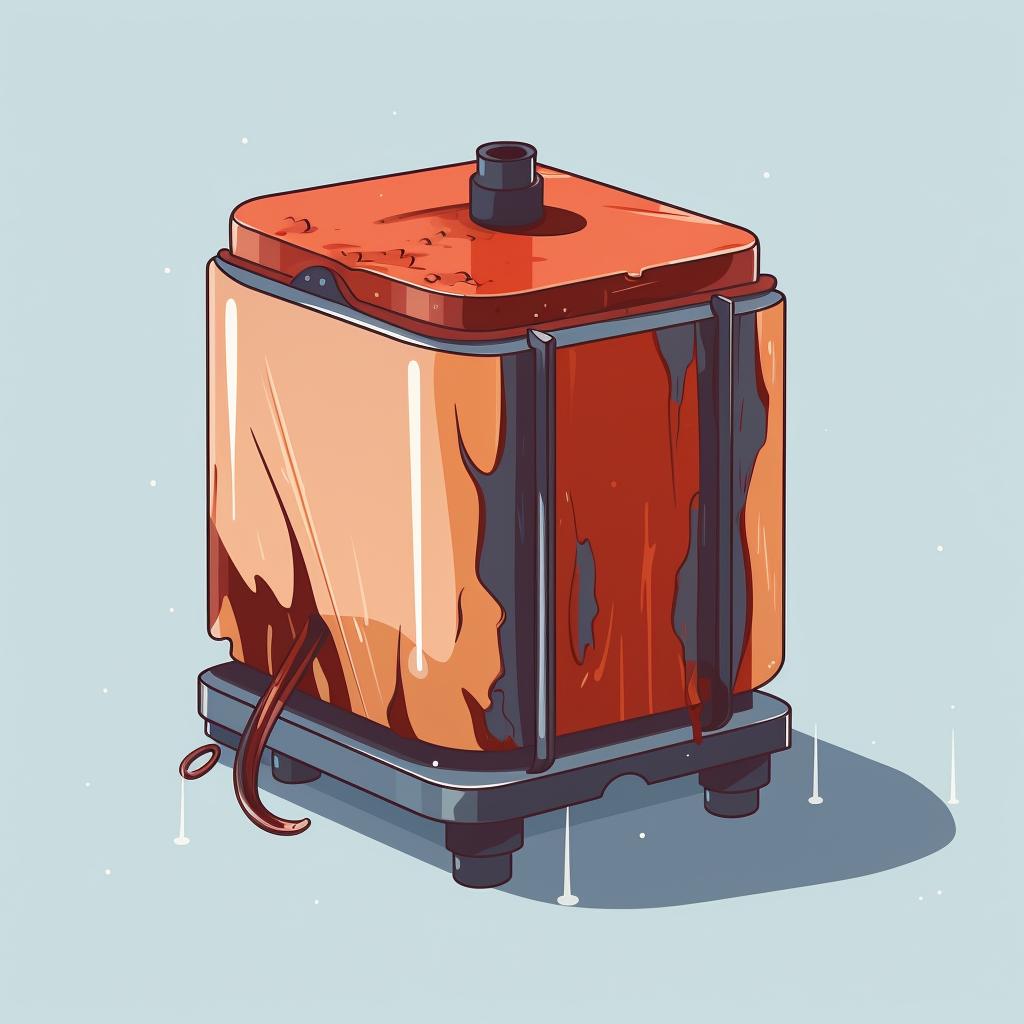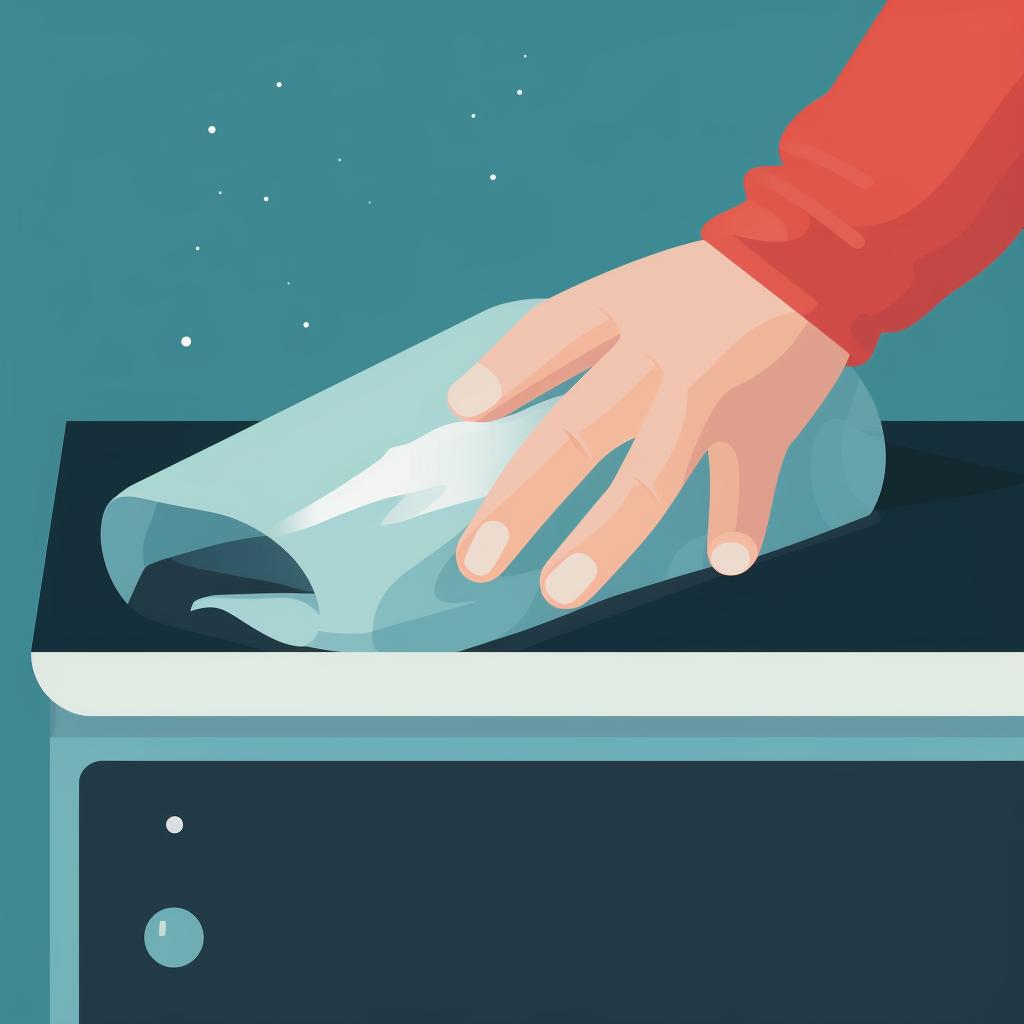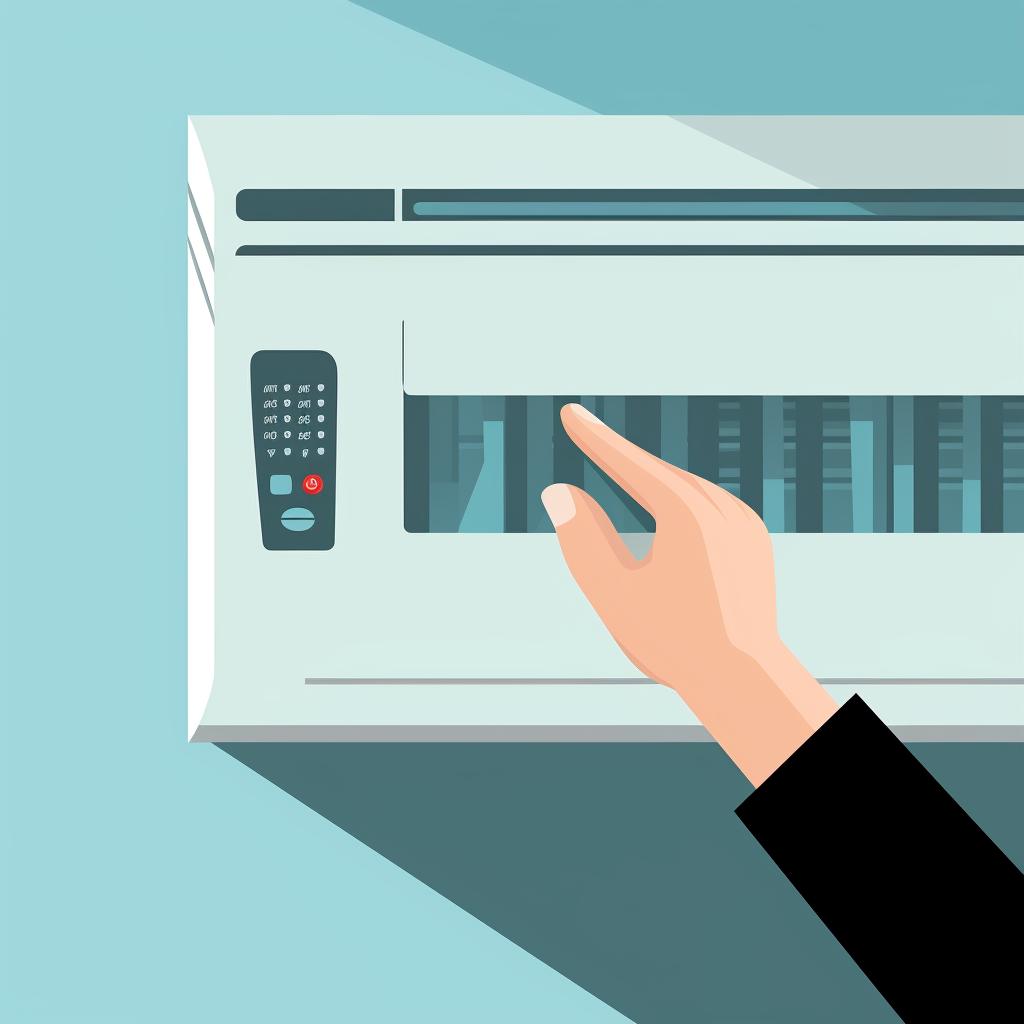🔧 Maintaining Your HVAC Capacitor: A Step-by-Step Guide
Keeping your HVAC system in top shape is crucial for your comfort and the longevity of the system. Our step-by-step guide above helps you maintain one of the most critical components of your HVAC system, the capacitor. But what is a capacitor, and why is it so important?
The capacitor is a small but essential part of your HVAC system. It stores and releases electrical energy to help the system's motors start and run efficiently. Without a functioning capacitor, your HVAC system may experience reduced performance or may not run at all. Hence, regular inspection and maintenance of the capacitor can prevent costly repairs and ensure your HVAC system operates at peak efficiency.
While our guide provides a comprehensive DIY approach to capacitor maintenance, remember that some tasks should be left to professionals. For instance, if you notice signs of damage during your inspection, it's time to call a professional. Choosing the right HVAC contractor for your needs is crucial to ensure your system is repaired correctly and efficiently.
Moreover, while DIY maintenance can help extend the life of your HVAC system, it's not a substitute for professional maintenance. Regular professional inspections can spot potential issues early, ensuring your system runs efficiently and helps prevent costly repairs down the line. Wondering how often should your home HVAC system be serviced and cleaned? We've got you covered.
Finally, it's important to remember that maintaining your HVAC system isn't just about the capacitor. There are several other essential HVAC maintenance tasks that homeowners can do themselves. From changing filters to cleaning coils, regular maintenance can significantly extend the lifespan of your HVAC system and improve its efficiency.
So, whether you're a DIY enthusiast or prefer to leave it to the professionals, understanding how your HVAC system works and how to maintain it can save you time, money, and ensure your home stays comfortable all year round.


